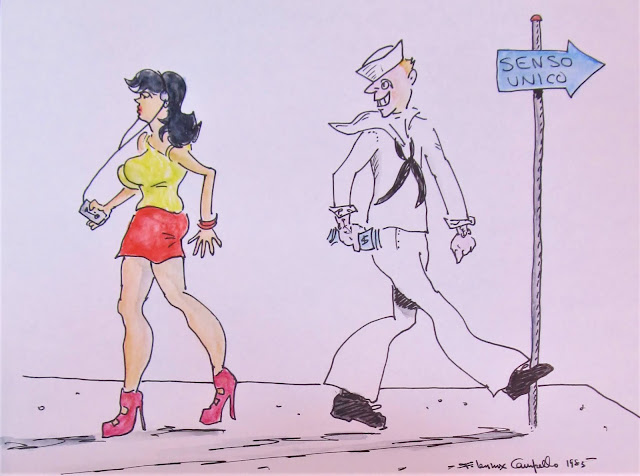Seven Baltimore artists and one DC artist have been selected as finalists for The Trawick Prize: Bethesda Contemporary Art Awards, a juried competition and exhibition produced by the Bethesda Arts & Entertainment District. More than 300 artists from Maryland, Virginia and Washington, D.C. submitted work to the 18th annual competition.
2020 Trawick Prize Finalists
• Erick Antonio Benitez, Baltimore, MD
• Cindy Cheng, Baltimore, MD
• Elliot Doughtie, Baltimore, MD
• Danni O’Brien, Baltimore, MD
• Nara Park, Washington, D.C.
• Ginevra Shay, Baltimore, MD
• Bria Sterling-Wilson, Baltimore, MD
• Daniel Wickerham & Malcolm Lomax, Baltimore, MD
The award winners will be announced on September 2, 2020. The Best in Show, first place winner will be awarded $10,000; second place will be honored with $2,000; third place will be awarded $1,000 and a Young Artist, a finalist who is younger than 30, could win $1,000.
The exhibit will be on display Sept. 4 – 26, 2020 at Gallery B, located at 7700 Wisconsin Avenue, Suite E. Gallery hours for the duration of the exhibit will be Friday-Saturday, 12 – 4pm. During operational hours, social distancing will be enforced and face masks must be worn by all visitors.
The 2020 Trawick Prize jurors are:
Larry Cook, 2017 Trawick Prize Winner; Assistant Professor of Photography, Howard University
Carrie Fucile, Professor of Digital Art & Design, Towson University
Noah Simblist, Associate Professor of Art and Chair of Painting & Printmaking; Virginia Commonwealth University.
Founded by the amazing Carol Trawick in 2003, the regional competition is one of the largest prizes to annually honor visual artists. Ms. Trawick, a longtime community activist in downtown Bethesda, also established the Bethesda Painting Awards in 2005. She has served as the Chair of the Bethesda Arts & Entertainment District, Bethesda Urban Partnership, Strathmore and the Maryland State Arts Council. She founded the Jim and Carol Trawick Foundation in 2007 to assist health and human services and arts non-profits in Montgomery County. The Foundation has awarded grants to more than 90 nonprofits in Montgomery County and funds the annual Trawick Prize and the Bethesda Painting Awards.
To date, The Trawick Prize has awarded more than $220,000 in prize monies and has exhibited the work of more than 135 regional artists.
Previous Best in Show recipients include Richard Clever, 2003; David Page, 2004; Jiha Moon, 2005; James Rieck, 2006; Jo Smail, 2007; Maggie Michael, 2008; Rene Trevino, 2009; Sara Pomerance, 2010; Mia Feuer, 2011; Lillian Bayley Hoover, 2012; Gary Kachadourian, 2013; Neil Feather, 2014; Jonathan Monaghan, 2015; Lauren Adams, 2016; Larry Cook, 2017; Caroline Hatfield, 2018 and Oletha DeVane, 2019.
For more information, please visit www.bethesda.org or call 301-215-6660.
















